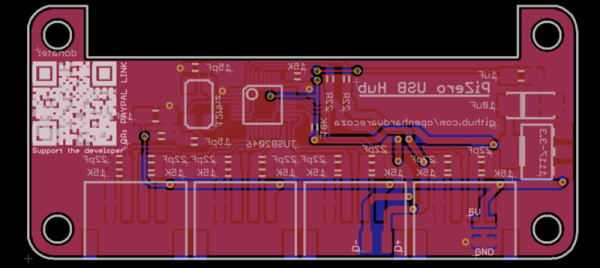The standard Raspberry Pi computers have been in short supply for a while now, so much so that people are going to great lengths to find replacements. Whether it’s migrating to alternative single-board computers or finding clones of the Pi that are “close enough”, there are solutions out there. This method of building a full-size Raspberry Pi with all of the bells and whistles using the much-less-in-demand Pi Zero also stands out as a clever solution.
[SpookyGhost] didn’t build this one himself, but he did stumble across it and write a pretty extensive how-to and performance evaluation for the board, which can be found here. The adapter connects to the Zero’s HDMI and USB ports, and provides all the connectors you’d expect from a larger Pi such as the 3B. It’s not a perfect drop-in replacement though — you don’t get the 3.5 mm audio jack, and the micro SD card location doesn’t match up with where it should be on a “real” Pi.
All things considered, this is one of those solutions that seems obvious in retrospect but we still appreciate its elegance. It might disappear as soon as chip shortages stop being an issue, but for now we’ll take any solutions we can. If you don’t already have a Pi Zero on hand, we’ve seen some other successes replacing them with thin clients or even old smartphones.












